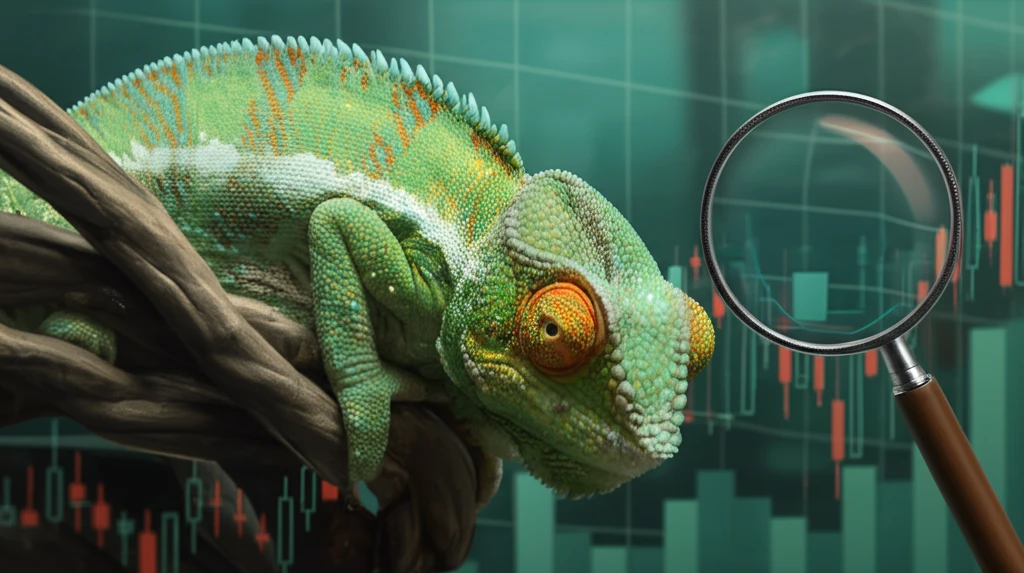
Are Economic Models Leading Us Astray? Unmasking the "Chameleons" of Finance
"Discover how theoretical models in economics and finance can become deceptive 'chameleons,' muddying policy debates and devaluing intellectual currency."
Imagine an engineer, a physicist, and an economist stranded on a deserted island, faced with a crate full of canned soup. The engineer suggests climbing a tree to drop the cans on rocks, the physicist proposes using fire to increase internal pressure, and the economist? They simply assume they have a can opener. This humorous anecdote highlights a critical issue in economics and finance: the reliance on simplifying assumptions that often disconnect models from reality.
Theoretical models in economics and finance are essential, but they inherently rely on simplifying assumptions. While these assumptions are necessary, it's crucial to recognize that the connections between a model's assumptions and the real world cannot be ignored. When models are built on assumptions with dubious connections to reality, yet their conclusions are uncritically applied, they become 'chameleons.'
These 'chameleons' change colors to avoid scrutiny of their underlying assumptions, devaluing intellectual currency and muddying policy debates. It's not enough to simply construct a model; we must critically evaluate its assumptions and ensure they align with our understanding of the real world.
The Peril of 'Theoretical Cherry-Picking': How Assumptions Shape Conclusions

One of the key ways models become chameleons is through 'theoretical cherry-picking.' This involves selecting assumptions specifically to produce a desired outcome, essentially reverse-engineering a model to support a pre-determined conclusion. It's akin to empirical cherry-picking, where data is selectively chosen to support a hypothesis while ignoring contradictory evidence.
- The Allure of Tractability: Defending assumptions by claiming they make the model 'tractable' can be misleading. While simplicity is valuable, it shouldn't come at the expense of realism and relevance.
- The Illusion of Completeness: Models cannot include every factor, but the exclusion of important elements can significantly skew the results. Modelers must carefully consider what to include and exclude, and justify those choices.
- Reverse Engineering: There is nothing wrong with reverse engineering per se, since identifying the set of assumptions that are either necessary or sufficient (or both necessary and sufficient) for obtaining a given result can be very important in guiding intuitions.
The Path Forward: Critical Evaluation and Real-World Filters
To avoid the pitfalls of chameleon models, it's essential to subject them to rigorous real-world filters. This involves carefully examining the assumptions, considering their connections to reality, and assessing whether the model captures the most important factors at play. By embracing critical evaluation and grounding our models in real-world knowledge, we can move towards sounder economic reasoning and more effective policies.
